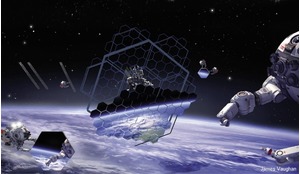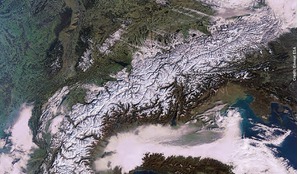Scientists and engineers are keen to explore our universe, carry out scientific investigations and make use of space resources. In the 60 or so years of robotic exploration of the solar system, this urge has pushed humanity forward and given us, among other things, a considerably enhanced understanding of our neighbourhood and of the origin of life on our planet. It comes, however, with a responsibility to avoid harmful contamination of outer space and the need to ensure safety of the Earth. The authors address the concerns and challenges of ‘planetary protection’.
Planetary protection is a system of agreed international guidelines applied in the exploration and use of space in order to avoid contamination of the Earth or compromise the search for extraterrestrial life in the solar system.
Let’s imagine that a research laboratory, selected to make preliminary examinations of samples from Mars, finds that a number of its researchers begin developing flu-like symptoms. It is late winter and this is not uncommon, in particular in a campus-like environment, but after a few weeks more and more people show symptoms and this attracts the attention of local public health officials and the media. Are the first investigations of the extraterrestrial samples and the trailing edge of an atypical flu season a coincidence? Has there been sufficient scrutiny of the lab’s activities by public authorities and do we really know that the extraterrestrial material brought to Earth is not dangerous?
This hypothetical scenario provides an understanding of the seriousness of what planetary protection stands for. It is precisely why planetary protection measures have been in place for more than half a century and why the COmmittee on SPAce Research (COSPAR) has a dedicated panel of experts who make recommendations for the maintenance and updating of these measures.














